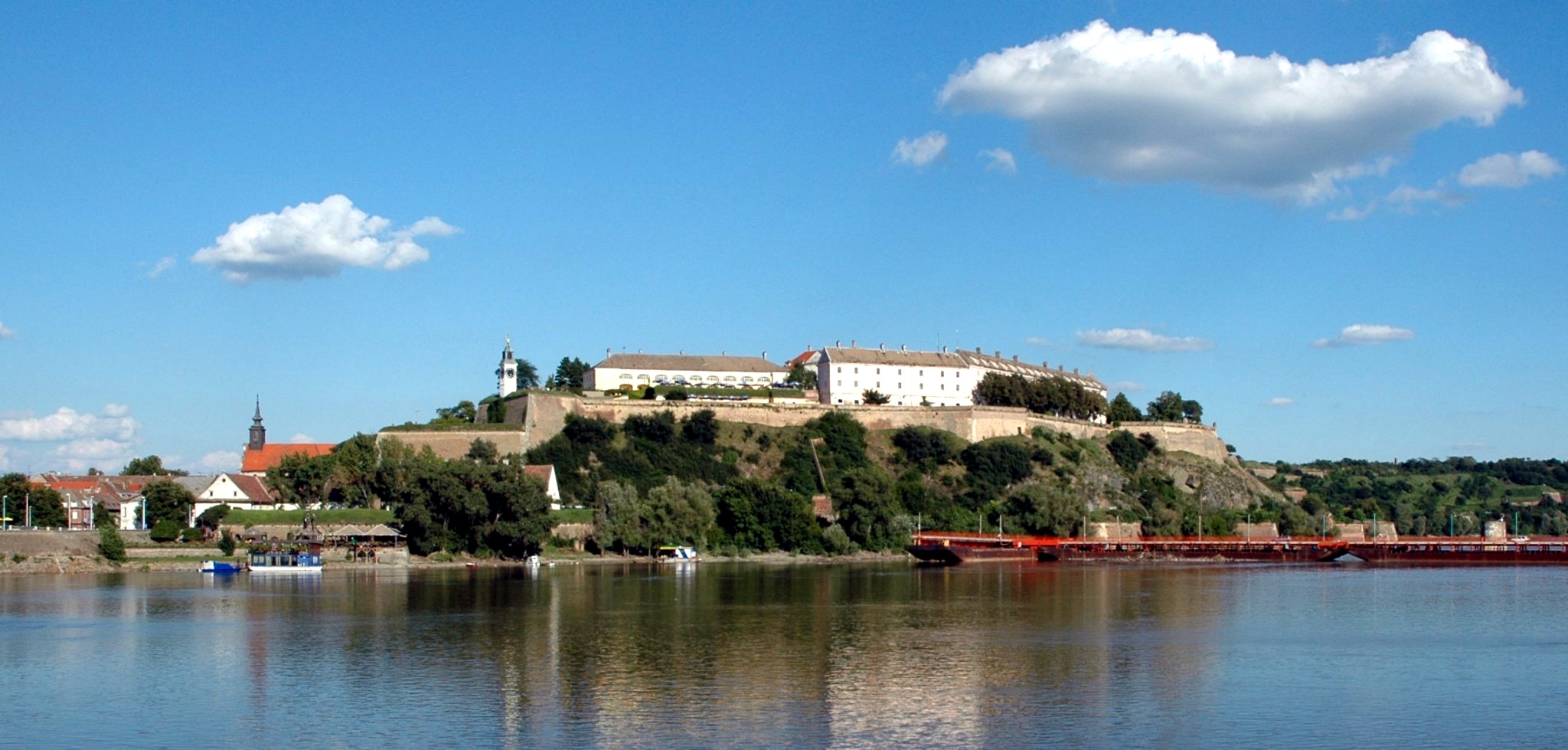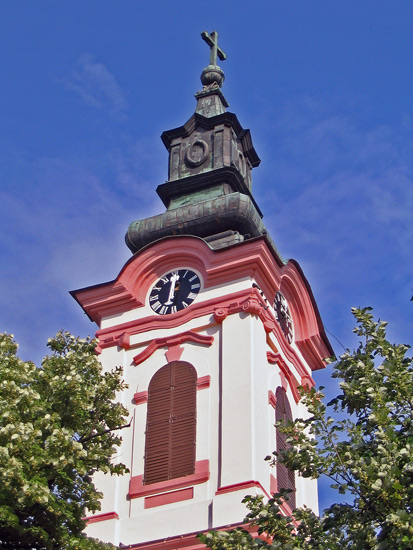|
Spatial Cultural-Historical Units Of Great Importance
Spatial Cultural-Historical Units of Great Importance ( sr, Просторне културно-историjске целине од великог значаја/) are the monuments in Serbia that have the second level of the State protection. Those are part of the Cultural Property of Great Importance protection list. References Further reading ''Просторне културно-историjске целине''at www.spomenicikulture.mi.sanu.ac.rs See also * Cultural Property of Great Importance * Serbian culture Serbian culture is a term that encompasses the artistic, culinary, literary, musical, political and social elements that are representative of Serbs and Serbia. History The Byzantine Empire had a great influence on Serbian culture as it i ... {{Culture of Europe Monuments and memorials in Serbia Cultural Heritage of Serbia sr:Списак споменика културе од изузетног значаја ... [...More Info...] [...Related Items...] OR: [Wikipedia] [Google] [Baidu] |
Serbia
Serbia (, ; Serbian: , , ), officially the Republic of Serbia (Serbian: , , ), is a landlocked country in Southeastern and Central Europe, situated at the crossroads of the Pannonian Basin and the Balkans. It shares land borders with Hungary to the north, Romania to the northeast, Bulgaria to the southeast, North Macedonia to the south, Croatia and Bosnia and Herzegovina to the west, and Montenegro to the southwest, and claims a border with Albania through the disputed territory of Kosovo. Serbia without Kosovo has about 6.7 million inhabitants, about 8.4 million if Kosvo is included. Its capital Belgrade is also the largest city. Continuously inhabited since the Paleolithic Age, the territory of modern-day Serbia faced Slavic migrations in the 6th century, establishing several regional states in the early Middle Ages at times recognised as tributaries to the Byzantine, Frankish and Hungarian kingdoms. The Serbian Kingdom obtained recognition by the Holy See and Consta ... [...More Info...] [...Related Items...] OR: [Wikipedia] [Google] [Baidu] |
Pećinci
Pećinci (, ; hu, Pecsince) is a village and municipality located in the Srem District of the autonomous province of Vojvodina, Serbia. The village has a population of 2,581 (2011), while Pećinci municipality has 19,720 inhabitants. Name In Serbo-Croatian, the village is known as ''Pećinci'' (Пећинци), in Hungarian as ''Pecsince'', in German as ''Petschinzi'', in Slovak as ''Pečinci'', and in Rusyn as Печинци. Its name derived from the Serbian word "peć/пећ" ("furnace" in English), or "petlja/петља" ("loop" or "noose" in English). The name of the village in Serbo-Croatian is plural. History The village was first time recorded by the sources in 1416. After that time, there were no other records about this settlement until 1702. The village was under Ottoman administration until the Treaty of Passarowitz (1718), when it passed to Habsburg monarchy. During Habsburg administration, it was part of the Habsburg Military Frontier. From 1848 to 1849, ... [...More Info...] [...Related Items...] OR: [Wikipedia] [Google] [Baidu] |
Stari Grad, Belgrade
Stari Grad ( sr-Cyrl, Стари Град, ) is a municipality of the city of Belgrade. It encompasses some of the oldest sections of urban Belgrade, thus the name (‘’stari grad’’, Serbian for “old city”). Stari Grad is one of the three municipalities that occupy the very center of Belgrade, together with Savski Venac and Vračar. History Despite some of the oldest sections of Belgrade belong to Stari Grad, the municipality itself is among the latest urban ones formed administratively. It was formed by the merger of the municipality of Skadarlija and part of the municipality of Terazije on January 1, 1957. Geography Stari Grad occupies the ending ridge of Šumadija geological bar .The cliff-like ridge, where the fortress of Kalemegdan is located, overlooks the Great War Island and the confluence of the Sava river into the Danube, and makes one of the most beautiful natural lookouts in Belgrade. With Novi Beograd, it is one of 2 municipalities of Belgrade (out ... [...More Info...] [...Related Items...] OR: [Wikipedia] [Google] [Baidu] |
Beograd
Belgrade ( , ;, ; names in other languages) is the capital and largest city in Serbia. It is located at the confluence of the Sava and Danube rivers and the crossroads of the Pannonian Plain and the Balkan Peninsula. Nearly 1,166,763 million people live within the administrative limits of the City of Belgrade. It is the third largest of all cities on the Danube river. Belgrade is one of the oldest continuously inhabited cities in Europe and the world. One of the most important prehistoric cultures of Europe, the Vinča culture, evolved within the Belgrade area in the 6th millennium BC. In antiquity, Thraco-Dacians inhabited the region and, after 279 BC, Celts settled the city, naming it '' Singidūn''. It was conquered by the Romans under the reign of Augustus and awarded Roman city rights in the mid-2nd century. It was settled by the Slavs in the 520s, and changed hands several times between the Byzantine Empire, the Frankish Empire, the Bulgarian Empire, and the Kingdom ... [...More Info...] [...Related Items...] OR: [Wikipedia] [Google] [Baidu] |
Kosančićev Venac
Kosančićev Venac ( sr-Cyrl, Косанчићев Венац) is an urban neighborhood of Belgrade, the capital of Serbia. It is located in Belgrade's municipality of Stari Grad. It has been described as the most valuable and most representative veduta of Belgrade. In 1971, it has been declared a spatial cultural-historical unit and placed under legal protection. Location Kosančićev Venac is located along the elbow-shaped street of the same name, west of downtown Belgrade (Terazije). It developed on the western edge of the ending section of the ridge of Šumadija geological bar which extends from Terazijska Terasa "via" Obilićev Venac to Kalemegdan, which is a continuation of Kosančićev Venac and overlooks the ''Sava'' port on the Sava river, the northernmost section of the neighborhood of Savamala. On southeast it borders the neighborhood of Zeleni Venac. History Antiquity The Celtic and Roman Castrum occupied part of today's Belgrade Fortress. Civilian zone ... [...More Info...] [...Related Items...] OR: [Wikipedia] [Google] [Baidu] |
Godovik
Godovik is a village in the municipality of Požega, western Serbia Serbia (, ; Serbian: , , ), officially the Republic of Serbia (Serbian: , , ), is a landlocked country in Southeastern and Central Europe, situated at the crossroads of the Pannonian Basin and the Balkans. It shares land borders with Hungar .... According to the 2002 census, the village has a population of 289 people.Popis stanovništva, domaćinstava i Stanova 2002. Knjiga 1: Nacionalna ili etnička pripadnost po naseljima. Republika Srbija, Republički zavod za statistiku Beograd 2003. References Populated places in Zlatibor District Spatial Cultural-Historical Units of Great Importance {{ZlatiborRS-geo-stub ... [...More Info...] [...Related Items...] OR: [Wikipedia] [Google] [Baidu] |
Požega, Serbia
Požega ( sr-cyr, Пожега, ), formerly Užička Požega ( sr-cyr, Ужичка Пожега), is a town and municipality located in the Zlatibor District of western Serbia. The population of the town is 13,153, while the municipality has 29,638 inhabitants. Settlements Aside from the town of Požega, the municipality includes the following settlements: * Bakionica * Velika Ježevica * Visibaba * Vranjani * Glumač * Godovik * Gornja Dobrinja * Gorobilje * Gugalj * Donja Dobrinja * Dražinovići * Duškovci * Zaselje * Zdravčići * Jelen Do * Kalenići * Lopaš * Loret * Ljutice * Mađer * Mala Ježevica * Milićevo Selo * Mršelji * Otanj * Papratište * Pilatovići * Prijanovići * Prilipac * Radovci * Rasna * Rečice * Roge * Rupeljevo * Svračkovo * Srednja Dobrinja * Tabanovići * Tvrdići * Tometino Polje * Tučkovo * Uzići * Čestobrodica Demographics According to the 2011 census results, the municipality of Požega has a p ... [...More Info...] [...Related Items...] OR: [Wikipedia] [Google] [Baidu] |
Godovik Complex
Godovik is a village in the municipality of Požega, western Serbia Serbia (, ; Serbian: , , ), officially the Republic of Serbia (Serbian: , , ), is a landlocked country in Southeastern and Central Europe, situated at the crossroads of the Pannonian Basin and the Balkans. It shares land borders with Hungar .... According to the 2002 census, the village has a population of 289 people.Popis stanovništva, domaćinstava i Stanova 2002. Knjiga 1: Nacionalna ili etnička pripadnost po naseljima. Republika Srbija, Republički zavod za statistiku Beograd 2003. References Populated places in Zlatibor District Spatial Cultural-Historical Units of Great Importance {{ZlatiborRS-geo-stub ... [...More Info...] [...Related Items...] OR: [Wikipedia] [Google] [Baidu] |
Lodine Spa
Lodine ( sc, Lodìne) is a town and ''comune'' in the province of Nuoro, Sardinia, Italy Italy ( it, Italia ), officially the Italian Republic, ) or the Republic of Italy, is a country in Southern Europe. It is located in the middle of the Mediterranean Sea, and its territory largely coincides with the homonymous geographical .... References Cities and towns in Sardinia {{Sardinia-geo-stub ... [...More Info...] [...Related Items...] OR: [Wikipedia] [Google] [Baidu] |
Sombor
Sombor ( sr-Cyrl, Сомбор, ; hu, Zombor; rue, Зомбор, Zombor) is a city and the administrative center of the West Bačka District in the autonomous province of Vojvodina, Serbia. The city has a total population of 47,623 (), while its administrative area (including neighboring villages) has 85,903 inhabitants. Name and etymology In Serbian, the city is known as ''Sombor'' (Сомбор), in Hungarian and German as ''Zombor'', in Croatian and Bunjevac as ''Sombor'', in Rusyn as ''Zombor'' (Зомбор), and in Turkish as ''Sonbor''. The older Hungarian name for the city was ''Czoborszentmihály''. The name originates from the Czobor family, who were the owners of this area in the 14th century. (The family name came from the Slavic name ''Cibor''.) The Serbian name for the city ''(Sombor)'' also came from the family name Czobor, and was first recorded in 1543, although the city was mentioned in historical documents under several more names, such as ''Samobor, Sa ... [...More Info...] [...Related Items...] OR: [Wikipedia] [Google] [Baidu] |

.jpg)
